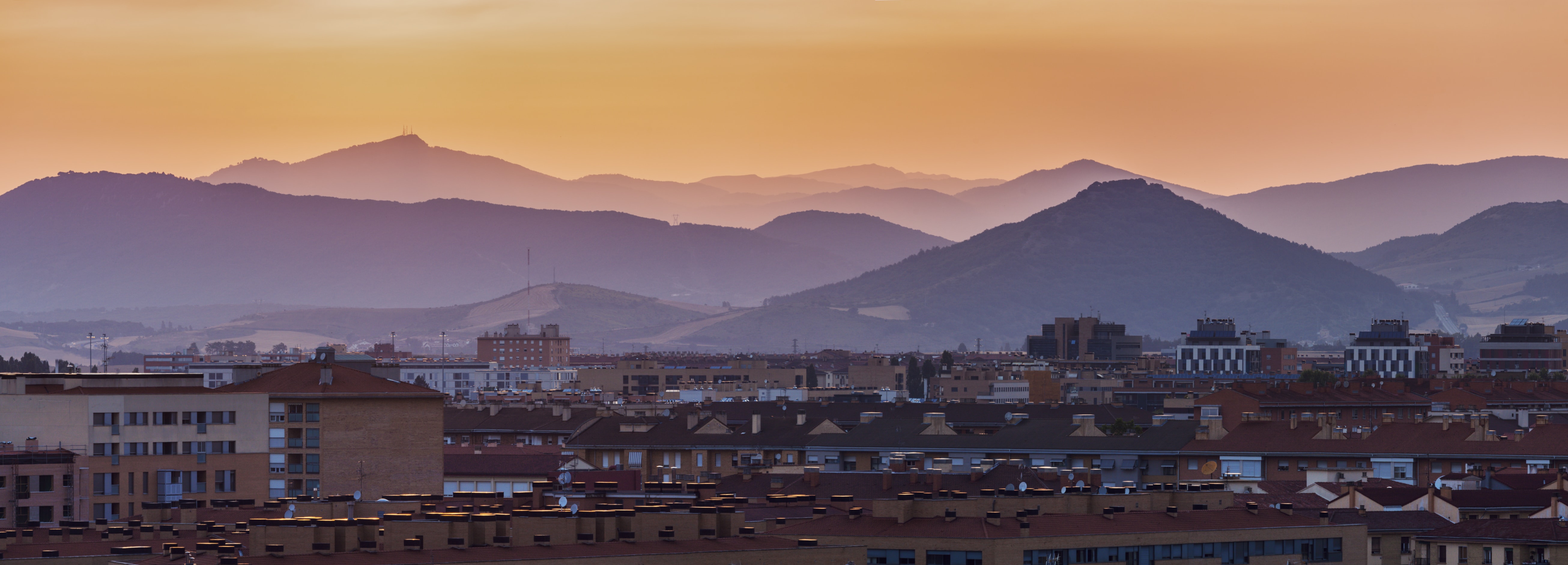I recently had the pleasure of catching up with Javier Iriarte, Communications Manager at Acciona Energy, for a quick interview right after our users summit.
Acciona Energía, a global supplier of clean energy based out of Pamplona, Spain, started using netTerrain DCIM recently and we have to say that the results are nothing short of spectacular. The company made waves among the group of customers that met up between May 13th-15th of this year at our annual Graphical Networks user summit.
Acciona Energía’s project is, in essence, a successful implementation of a full-fledged and end-to-end Data Center Infrastructure Management (DCIM) platform.
In blogs to come, we will write and share much more about this sensational project, that integrates everything from facilities, power, cooling, network assets, IT and even applications under the netTerrain DCIM umbrella. In this interview, I took the time to ask Javier a bit more about the reasons behind the project and why they selected netTerrain as their DCIM software of choice.
JD: “Alright, we are sitting here with Javier Iriarte, technical manager for communications at Acciona Energía. Thank you Javier for being here, and welcome to the United States!”
JI: “Thank you.”
JD: “Let’s start with something really basic: why DCIM? What was the need?”
 Jan Durnhofer (left) and Javier Iriarte (right)
Jan Durnhofer (left) and Javier Iriarte (right)
JI: “This was meant for inventory: control and integration of all the elements that comprise the data centers and the control center.”
JD: “…and you have two data centers, correct?”
JI: “That’s right: we have two data centers. One active data center and a control room where all the worldwide assets of the renewable energy plant are controlled.”
JD: “What were you using before? Why was there suddenly a need for a specific DCIM tool or DCIM software?”
JI: “While I wouldn’t say that before we were using ‘nothing’, but what we were doing was pieced together so that, essentially, every department and every sector had their own tools…”
JD: “Everybody in their own silo?”
JI: “Exactly. For example, facilities had their own tools. Tools that were also, in essence, obsolete, such as web pages and utilities that weren’t integrated with each other and with our tools in our own department.
So, the idea behind this DCIM implementation was to make sure that each department could visualize their own piece as well as everybody else’s, knowing that any problem that would appear, they could see it, correlate it with the rest, and find a solution to the problem as opposed to each within their own silo.”
 Acciona Energía headquarters in Pamplona, Spain
Acciona Energía headquarters in Pamplona, Spain
JD: “Would it be fair to say then, that what you wanted was, in some way, to find an umbrella that could –from an operational standpoint– visualize everything that is important to the Acciona’s business in one single tool?”
JI: “Yes, that’s the idea.
A fellow netTerrain user we met with yesterday (during the users summit) asked if we had ‘really integrated everything’? That’s what it is all about.
We go even further: to the machine level, the processes and every customer that depends on it, to see what impact something like an increase in data center temperature can have on each machine, customers, and services. We can see what is affected by that and react in time to move the service without adverse effects at a global or local level.”
JD: “Nice. So, I have to ask: why netTerrain?”
JI: “Well, netTerrain won the RFP we issued in Spain about a year and a half ago fair and square.
7 vendors showed up.
Already during the first round, netTerrain exhibited the main traits we were seeking, namely the API and the types of connectors we were requesting.
netTerrain complied with about 90% (out-of-the-box) and then the other differential was the cost. The fact that it already included predefined connectors made it easier from a deployment cost standpoint.”
JD: “Alright, well, thank you very much for your answers, Javier!”
JI: “You are welcome.”
JD: “One final question! Which is better: the food in Pamplona or the food in Madrid?”
JI: (chuckles)
JD: “I go for Pamplona.”
JI: “I also go for Pamplona, haha!”
